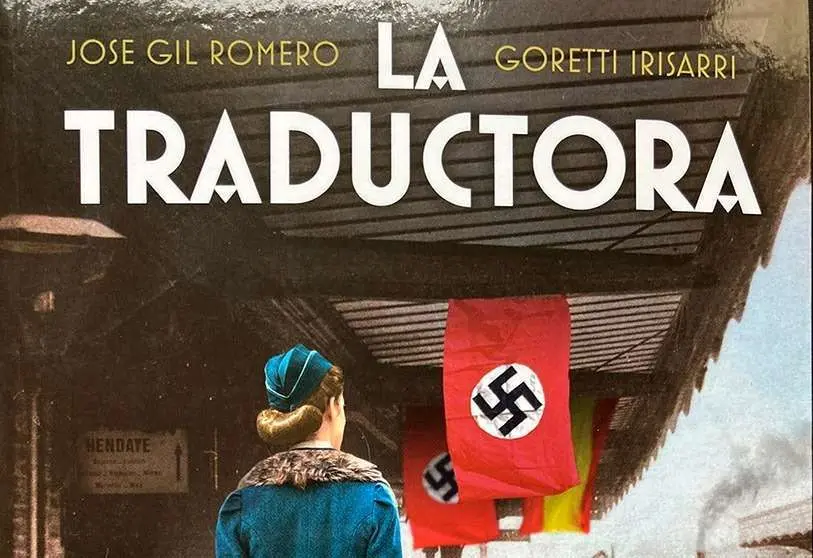The day that could have changed the course of World War II

After reading, or literally devouring, La Traductora (Ed. HarperCollins, 314 pages) I have no doubt that such a magnificent story will have its version sooner rather than later in a cinematographic work. The text, written by José Gil Romero (Las Palmas de Gran Canaria, 1971) and Goretti Irisarri (Vigo, 1974) is crying out for it, such is the narrative power of this couple who, in the vein of Roberto Bolaño and A.G. Porta, have written screenplays for the film. Porta, they wrote film scripts before going on to write their novels together.
The background and context in which the plot unfolds are well known: in 1931, the Spanish monarchy falls and the Second Republic is established. King Alfonso XIII goes into exile. In 1936, the uprising of a group of soldiers against the Republican government leads to a civil war that lasts three years. In Spain, General Franco's new regime began the repression of the defeated that all victories bring. In Europe, Adolf Hitler dragged other countries into an international conflict. On 23 October 1940, General Franco travelled by train from San Sebastian to Hendaye for a secret meeting with Hitler. The train carrying the entourage arrived a few minutes late for the meeting. No official explanation is ever given for the delay. In this novel, translator Elsa Braumann, Colonel Bernal and watchmaker Eduardo Beaufort tell us what happened in those interminable and dramatic eight minutes.
After the concise and dramatic preface that opens the novel, the story soon acquires a dizzying speed in the description of the vicissitudes in which Franco's Security involves a modest Spanish-German woman, who survives amidst the miseries of a country that is exanguinated, divided and amputated of a part of its being, with a large part of its children dead, wounded or exiled.

The official mission entrusted to the translator will be greatly altered when Elsa Braumann is threatened to become involved in a counter-espionage operation: she will have three minutes to steal certain documents from Franco on the train that will take them to Hendaye.
The fact that the novel's release coincides with the anniversary of that Conference on the Franco-Spanish border is a good incentive to delve deeper into its content, which still has many unknowns that remain unclear today, beyond the limited Spanish participation in the war through the Blue Division, and the German demands for Spanish strategic minerals in payment for supplies to Franco in order to win the Civil War.
Gil Romero and Irisarri come up with a fast-paced, but at the same time emotive, novel, which covers the first post-war period with a singular view, where the context is enriched with a wonderful hymn to cinema, literature and freedom of expression. These are original contributions to a plot in the best tradition of espionage novels, where the complacent gaze of a John LeCarré or a Graham Greene seems to be glimpsed.
And, as in any self-respecting historical novel, the authors pay great attention to the amorous feelings that the main protagonists of the plot experience, with the inherent risks involved in espionage missions.









